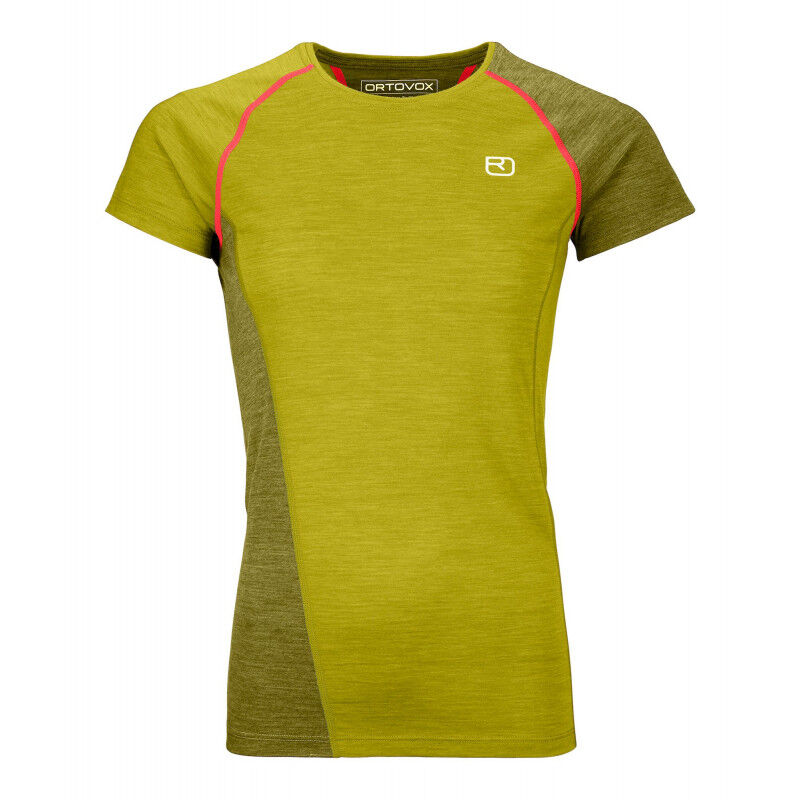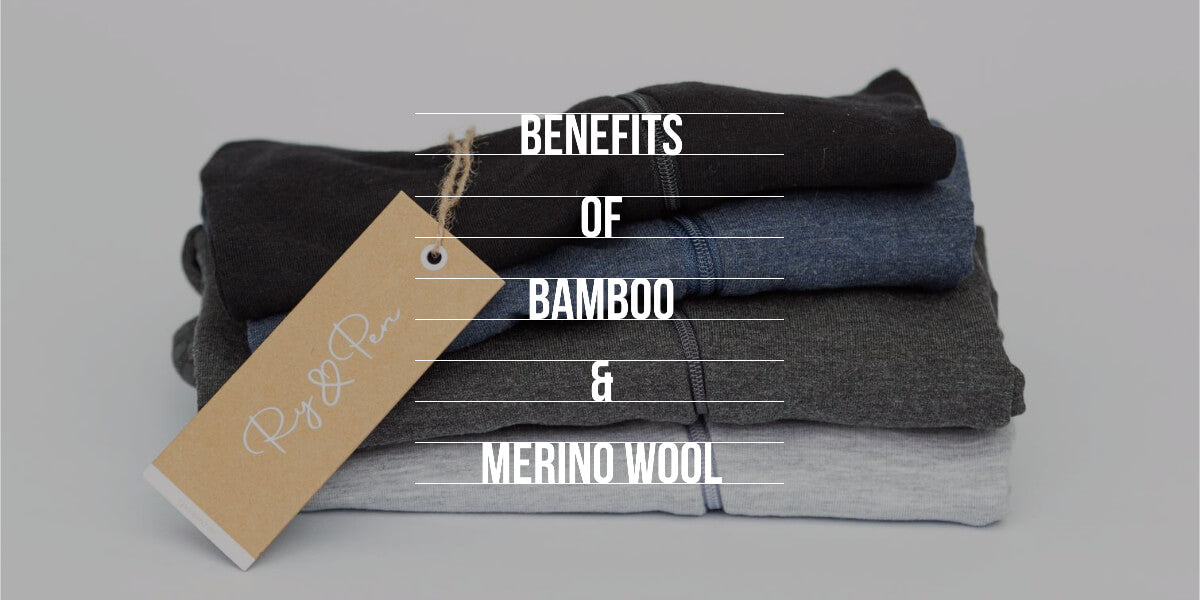Recommended Merino Wool Base Layers Website
Wiki Article
Why Is Yak Merino Wool Base Layer So Efficient For Winter Sportswear?
The combination of merino and Yak wool characteristics creates a base layer that is extremely efficient in winter sports clothing. It is made up of hollow fibers that retain air, which provides excellent insulation. The fabric gets warmer when combined with Merino, a material with excellent insulation properties.
Moisture Management Merino wool has properties that help to wick moisture away that means it is able to absorb water from the body and then release it back into the atmosphere while keeping the wearer dry. Yak wool is water-wicking, and is a perfect match for merino wool. This combination regulates the body's temperature by keeping moisture away from the skin even during vigorous physical activity in cold weather.
Merino Wool is well-known for its comfort and softness. The fine fibers make it less likely than other wools to cause irritation. It is a blend of soft and smooth yak-wool fibers, this fabric is extremely comfortable.
Odor resistance - Both Merino wool, as well as Yak wool, possess antimicrobial properties that hinder the growth odor-causing bacteria. This feature allows the garment to remain fresher even when used for long periods of time.
Durability Its durability Yak is a strong and durable fiber. When mixed with merino it can withstand the wear and tear that comes with outdoor activities and sports.
Temperature Regulation Yak Wool Base Layers are breathable and possess insulation properties that regulate the body's temperature. The wearer is kept warm in cold temperatures but also keeps them warm.
Merino wool as well as yak wool and other biodegradable and renewable materials are eco-friendly fibers for winter sportswear.
These attributes make yak merino base layers the ideal choice for winter sportswear as they provide warmth and comfort, control of moisture, and durability. Take a look at the top merino wool base layer examples for more tips including mens wool long johns, patagonia merino wool base layer, first lite merino wool base layer, smartwool 1 4 zip womens, merino wool long underwear mens, merino wool leggings mens, merino wool base layer hunting, best layers for skiing, ski layers womens, smartwool 1 4 zip womens and more.

What Are The Advantages To Bamboo Clothing In Terms Of Softness, Antibacterial Properties Durability And Renewable?
Bamboo clothes are soft and durable. It is renewable, long-lasting, and also antibacterial.
Bamboo fabric's silky and smooth texture is often compared luxurious fabrics like silk or cashmere. It is soft and gentle on the skin and offers the most comfortable wear.
Antibacterial Properties
Bamboo is an organic antimicrobial called "bamboo Kun." This ingredient helps to stop the growth of bacteria that cause odor and fungi that can be found on fabric, making it fresher over longer periods and decreasing the need for frequent washing.
Durability-
The strength of bamboo fibers is that they are tough and durable, despite their softness. Bamboo clothing is tough and can be used to perform a range of tasks.
Renewability-
Rapid Growth- Bamboo grows very quickly and without the need for pesticides. It is able to mature in just several years, making it possible to have a sustainable harvest and reducing the environmental impact.
Sustainability-
Sustainable Production- Bamboo cultivation and processing generally are less harmful to the environment compared to the production of synthetic materials. Bamboo's rapid growth rate, low water requirement, and the ability to grow in different climates all help to ensure its sustainability.
Biodegradability-
Natural decomposition of bamboo clothing - Bamboo has biodegradable properties that is, it will decay on its own after the end of its lifespan. This reduces the amount of non-biodegradable waste in landfills. It also minimizes the impact of pollution.
Hypoallergenic Qualities
Bamboo fabric is less likely than other synthetic materials to cause irritation to the skin, or trigger allergic reactions. This is why it is a good choice for those who have sensitive skin.
Bamboo clothing is a mix of antibacterial properties and softness that are durable, renewable and sustainability. This makes it an attractive option for people who prefer to wear fashionable, practical and sustainable clothing. These characteristics provide a satisfying experience while wearing and are in line with green practices. Have a look at the recommended look what I found about bamboo clothings for blog examples including kyte pajama, bamboo t shirts ladies, bamboo shirts wholesale, bamboo clothing underwear, bamboo pajama pants, bamboo dress shirt, bamboo fibre clothing, bamboo shorts womens, t shirts bamboo, bamboo onesies and more.

What Are The Differences Between Merino, Bamboo And Wool Clothing In Terms Of The Texture, Warmth, And Moisture Absorption?
The most crucial element to be considered when comparing the merino garments to traditional bamboo and wool clothing.
Merino Wool- Merino wool is known for its softness and fine fibers. It offers a smoother and less scratchy texture compared to traditional wool. It's considered more comfortable.
Bamboo Clothing Bamboo clothing has a silky, smooth texture. It is often compared with luxurious materials like cashmere or silk. Bamboo has a soft and soft texture, making it comfortable to wear.
Traditional Wool- Traditional wool can differ in texture; some varieties may be more coarse and more susceptible to itching or discomfort compared to bamboo clothing or merino.
Warmth-
Merino Fiber- Merino fiber is renowned for its outstanding insulation properties. It retains its heat, even in the event of a wet. It makes it an excellent insulation material for cold weather.
Bamboo Clothing - Bamboo clothing is warm, however it doesn't have the same insulation level as merino. It is a good temperature regulating material, making it comfortable in any weather.
Wool, just like bamboo and merino clothing is an excellent insulation. Although it is often heavier, or more bulky than bamboo or merino clothing.
Moisture Absorption-
Merino Wool- Merino wool is known for its exceptional water-wicking properties that pull moisture away from the skin and let it evaporate. It remains warm even when it is damp.
Bamboo Fabric Bamboo is known for its water wicking capabilities that means it is able to draw moisture away and offer comfort during physical activity. It regulates the amount of moisture and helps keep wearers dry.
Wool isn't as water-wicking as bamboo or merino. Wool can be dry and heavy when wet.
In the end, merino Wool is known for its softness, warmth and moisture-wicking capabilities. Bamboo clothing features a silky texture and is warm with good moisture control. Wool clothing comes in various textures, and offer the warmth and absorbency of moisture however, it can appear coarser or heavier than merino and bamboo clothing. Each fabric has its own characteristics to meet the different needs in clothing. See the top rated bamboo winter clothing for blog recommendations including merino wool base layer womens, merino wool thermals women's, womens icebreaker base layer, smartwool thermals, best thermals for skiing, ski thermals womens, smartwool thermals, wool layers, best layers for skiing, wool base layer and more.
